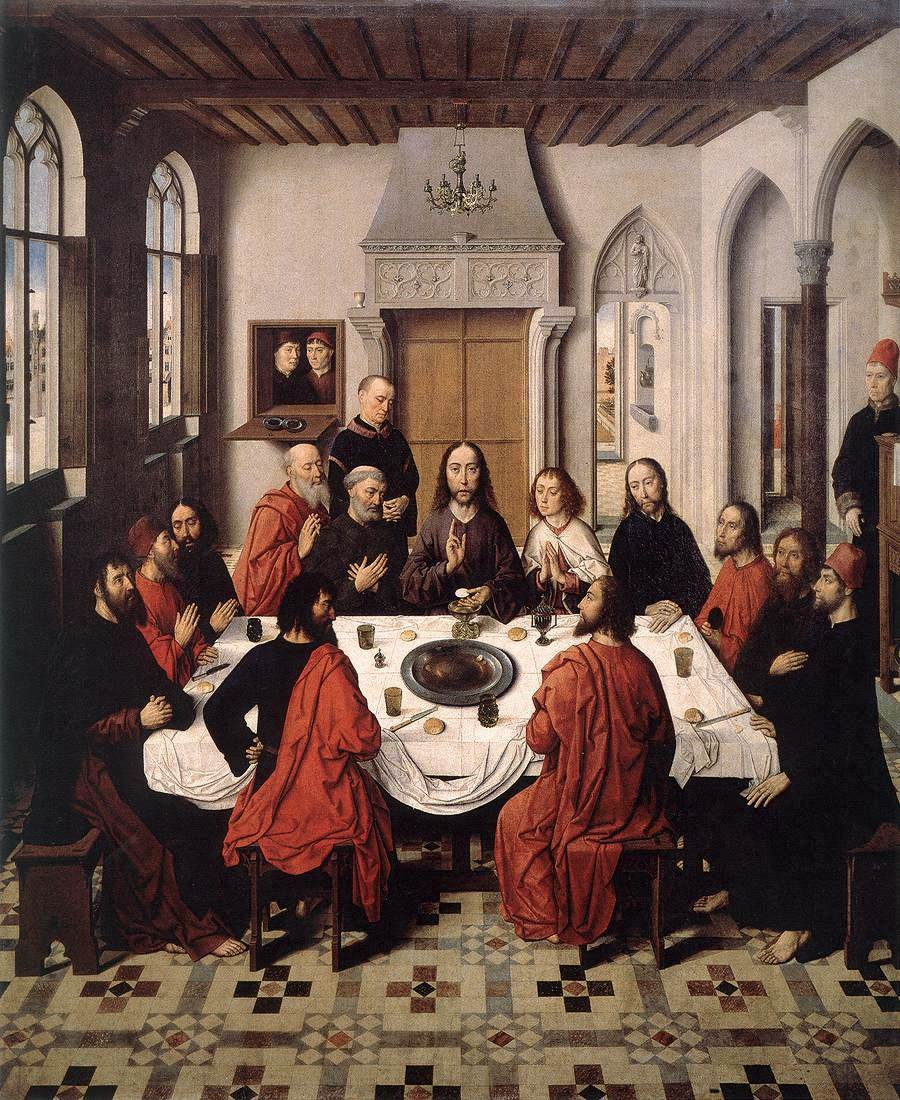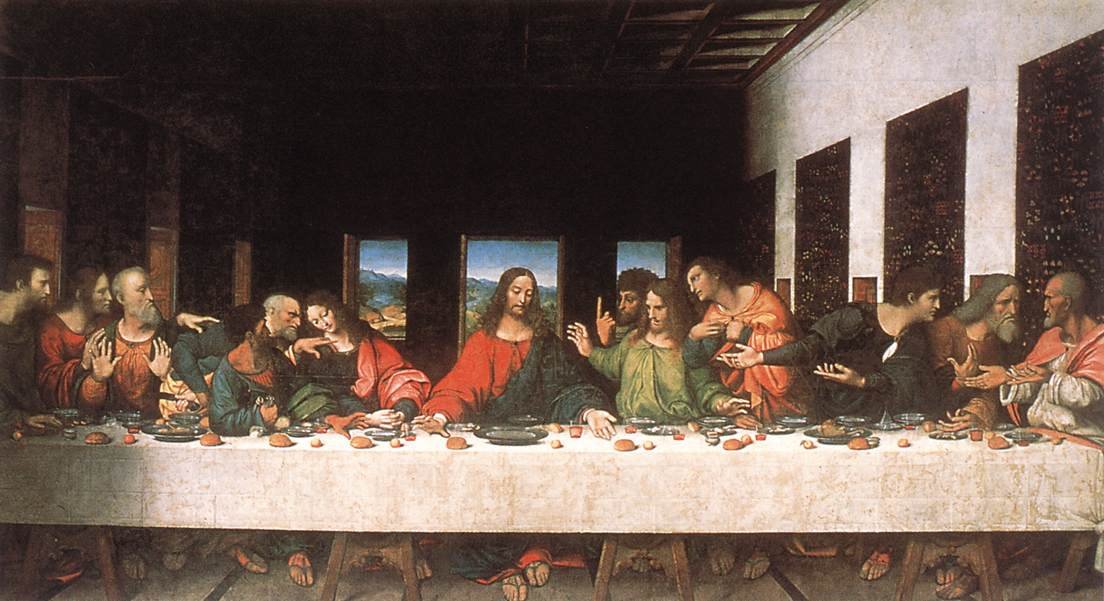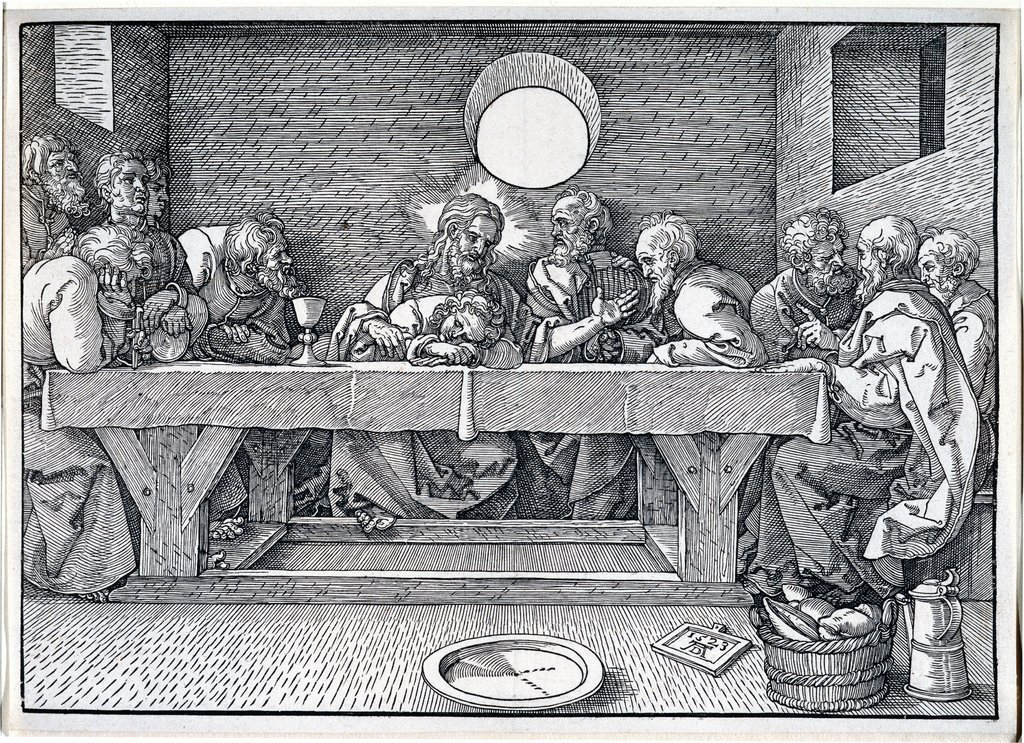Compare LAST SUPPER done by Dirk Bouts, Leonardo Da Vinci, Albrecht Durer and Tintoretto
Introduction
The Last Supper is the last meal that Jesus Christ shared with his twelve Apostles in Jerusalem before his crucifixion; it was also where Christ announced that one of his Apostles would betray him. It was one of the most important events that took place in the Christian religion and therefore it became a popular subject in Christian art.
However, even the same theme has been repeatedly depicted by different artists, there were significant differences between all the works regarding the artistic style, techniques, focal point as well as composition. This can be explained not only by the artist’s personal styles, but also other factors, such as the Protestant reformation for example.
Here I am going to compare the Last Supper done by four different artists, namely Dirk Bouts, Leonardo Da Vinci, Albrecht Durer and Tintoretto. These are four artists have portrayed the Last Supper very differently and some, hundred years apart.
Dirk Bout’s Last Supper (1464-68)
The Last Supper done by Dirk Bout was one of the earliest Northern European paintings which demonstrated the use of single vanishing point, the Renaissance linear perspective, which is above Christ’s head. It was also the first Flemish panel painting that depict the Last Supper.
In this central panel, Bouts did not focus on the biblical narrative but presented Christ the role of a priest performing consecration of the Eucharistic host from the Catholic Mass. This contrasted strongly with other depictions of the same subject, which often focused on either Judas’s betrayal or on Christ conforming John. This reflected on how the Confraternity of the Holy Sacrament dedicated itself to the worship of the Eucharist.
Leonardo Da Vinci’s Last Supper (1495-98)
The Last Supper by Leonardo Da Vinci was created during the Italian Renaissance period (1495-98) and was a simple symbolic work with little emotion. Leonardo did not just show the event but a specific moment, which was when Christ had just announced that one of his disciples will betray him, and each of them reacted. Christ is the psychological focus of Leonardo’s fresco and the focal point of all the converging perspective lines.
Leonardo used symbolic representation in this painting by presenting the disciples in four groups of three, symbolizing how Christ was the one who joined mankind with divinity through his Crucifixion. Leonardo also placed Judas on the same side of the table as Jesus and other disciples. Even so though, Judas remained a marked man, grasping a small bag, it symbolized the 30 pieces of silver he ha been paid to betray Jesus, also he knocked over the salt pot, which was another symbol of betrayal.
Albrecht Durer’s Last Supper (1523)
Durer’s woodcut of the Last Supper is one of his last major prints. This version of the Last Supper differed radically from the earlier versions. It reflected his religious beliefs and hinted that Durer was leaning towards Protestantism during the beginnings of the Protestant Reformation. Typically, there would be a sacrificial lamb on a platter, however here; there was no lamb but empty platter, which showed Durer’s protestant focus on a Resurrected Christ, but not on the Sacrificed Christ. The basket on the side also suggested that ritual was not a central, but the conversation of the word of God.
Tintoretto’s Last Supper (1594)
Tintoretto’s Last Supper shows the Communion of the Apostles. Compared to the others, Tintoretto represented the vent in a more realistic manner, which was typical in the Mannerist period when he painted his work; other Mannerist pictorial devices adapted to produce this oil painting included the use of emotional power, depth of Venetian colour schemes and dramatic lighting.
The ability of this dramatic scene such as Jesus and disciples have glowing halos helped to engage viewers fully in keeping with Counter-Reformation ideas and the Catholic Church’s belief in the didactic nature of religious art.
Conclusion
Although sharing the same theme and subject, all four artists’ representations were different not only by the style, but also by construction, symbolism, purpose and meaning. We would be able tell the differences by the configuration of the altar or the moment of the supper the artists chose to depict. From the above-mentioned differences, we can see that the depictions of the Last Supper were not only been forms of artistic recordings, but also been a sort of battleground for competing religious approaches.




